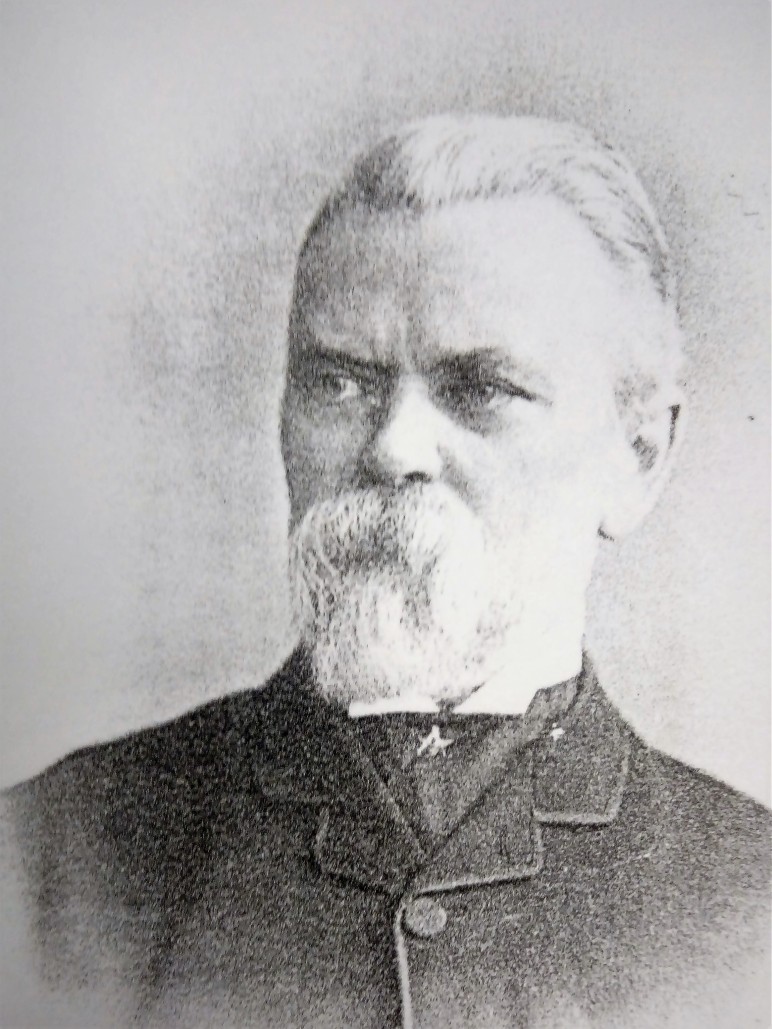John Price was born in Hythe in 1810 and became a harness-maker in the town. It was a skilled trade which would have left him, as a single man, with a little cash left over at the end of the working week.
On New Years Eve 1833, he decided to spend some of this hard-earned money and took himself to London to see in the New Year. Once there, he somehow fell in company with another young man, twenty-year-old William Butler, a bricklayer. Butler later said that John asked him to go to Merton with him, which they did, returning the next day. During the return journey, they continued their celebrations in the time-honoured way, by putting away a lot of alcohol.
The pair then went to an eating-house near the Surrey Theatre in Blackfriars Road where they met a young woman already known to Butler, Mary Cooper. They all had something to eat, and some more to drink, and then Mary Cooper took them both to her lodgings in Jeffreys Buildings in Westminster. She and John then went to bed together, though John had passed out by 10.30pm.
The almonry, Westminster, the site of Jeffreys Buildings
Mary Ann Morgan lived in the same building and when she came home that night was told by Butler that he had a ‘flat’ in Mary Cooper’s room – the term means a person who is easily deceived, a patsy or sucker we might say today. Mary Ann and Butler put their heads together and hatched a plan.
Mary Ann went to Mary Cooper’s room and the two women sat chatting on the bed while John snored. Butler came in, too, and said that he would take John’s greatcoat and jacket for safe keeping. To be absolutely sure that they were safe, he would give them to his friend, Henry Harber, who would return them the next day.
John woke up at about three o’clock the next morning and even in his befuddled state, noticed that his clothes were missing. He did not believe his new friends when they told him that his things were being kept safe and went off in search of a policeman, whom he soon found – one Constable Suttle. Suttle went back to the house with him, heard the story and did not believe it either. He arrested both women and Butler. Butler protested that his own coat had been stolen too. Unimpressed, Constable Suttle took them to the police station and put them in the cells, but at this point Mary Ann Morgan broke down and confessed that she and Butler were supposed to meet Henry Harber, who really did have the clothing, at the Duke of York’s monument that morning and they would, together, sell the items. The clothing was worth five pounds, a decent sum, and in one of the pockets was the bonus of a handkerchief worth two shillings.
The intrepid constable made his way to the monument, at the junction of Regent Street and The Mall and sure enough found Henry Harber sitting on the steps, wearing John’s clothes over his own. The handkerchief was round his neck . Suttle arrested him, too. Harber, a nineteen-year-old labourer, was only a short young man, five feet nothing tall, so we must assume John was a lot larger.
The Duke of York’s monument and steps today
At the magistrates court the next day, 3 January, Mary Cooper, Mary Ann Morgan and William Butler were charged with stealing John’s clothes; Henry Harber was charged with receiving stolen goods. Mary Cooper, who had only taken John to bed, was discharged; Mary Ann Morgan was admitted King’s evidence and the men remanded to stand trial.
John went back to Hythe, but the case was widely reported in the press, including in Kent, under headlines such as ‘A Caution to Countrymen’. Hythe is a small town and news travels fast. Everyone must have known the rather sordid details of his New Year’s holiday. He did not even get his clothes back, as they were kept as evidence. Then the case was heard at the Old Bailey and John, of course, had to appear as prosecutor, a daunting experience for a young man unused either to the big city or to the grandeur of the most important court in the country.
Inside the Old Bailey
Butler and Harber were found guilty. Butler did attempt a rambling defence about his own clothes being taken and never having seen either Mary Ann Morgan or Harber on the night in question. All Harber could come up with was that he had found the clothes the night before. Both were found guilty and sentenced to seven years transportation. They were both transported to New South Wales on board the Surrey on 9 April. John went back to harness making in Hythe and died, still single, in 1852.
Probably none of them cared to recall the events of News Year’s Day, 1834















